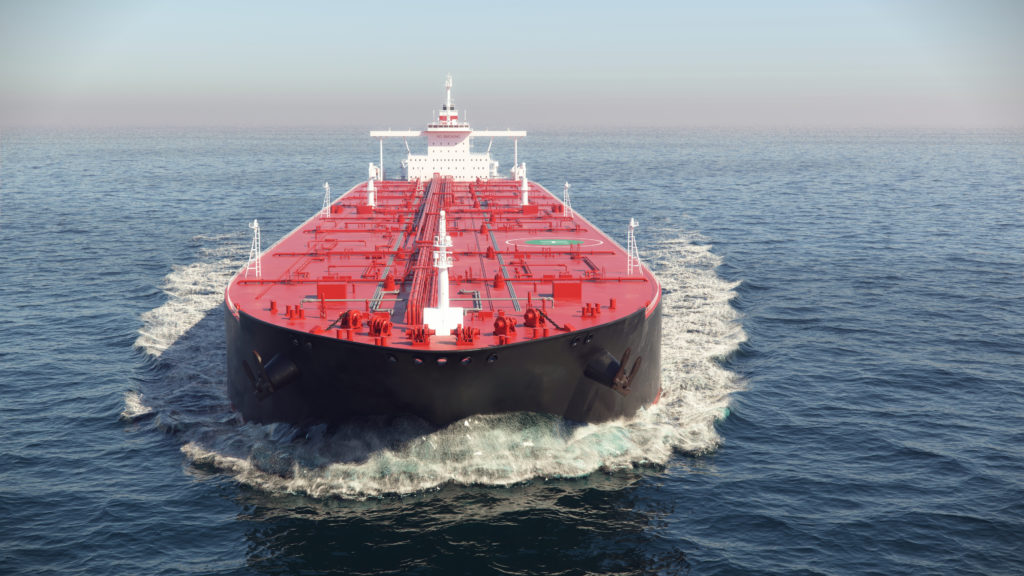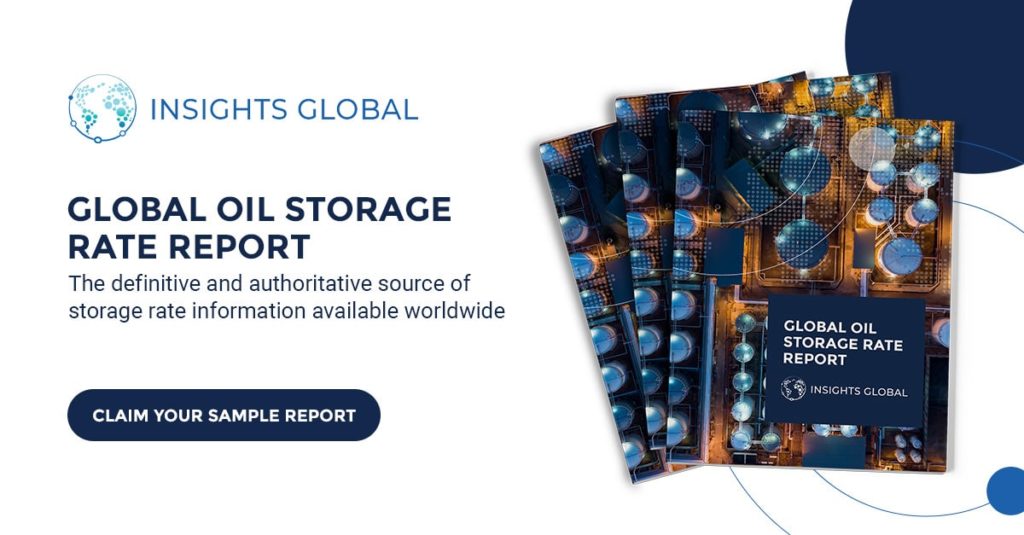What you should know about IMO2020 (Part 1)

In 2020 the international marine bunker fuel markets are in for a big change. For environmental concerns the International Maritime Organization will implement a new policy that limits the sulphur content of fuels burnt in maritime traffic. High sulphur fuel oil has been historically the most widely used fuel for maritime transport, but will most likely lose this position to low sulphur fuels such as marine gasoil or LSFO when the new regulation comes into force. This article dives deeper into the subject, and shares our vision on how the ARA bunkering market and international oil markets will change under the new policy.
As of January 1st 2020 the International Maritime Organization (IMO) requires all marine fuels to have a sulphur content of at most 0.5% of the total mass, down from the current maximum allowed 3.5%. With the exception of a few areas that already have special IMO requirements in place, the new IMO standard will hold globally. Traditionally the bunker fuel market has been a sink for refiners to unload their high sulphur refining resids into. In 2018 an average of seven million barrels of such heavy resids were produced every day, half of which was absorbed by ship bunkers. But the global refining system is not yet equipped to produce such quantities of fuel oil at a sulphur level of 0.5%. The impact of this new regulation is therefore big as most vessels will have to abandon their current fuel oil consumption, therewith completely changing the market dynamics for existing marine fuels and creating opportunities for alternatives.

An important decision for shipowners
The shipping industry faces an important decision for their fuel use under the IMO 2020 regulation, and several options exist for shipowners who need to replace their HSFO consumption.
The most likely scenario is that the majority of the shipping industry switches to using marine gasoil (MGO), which doesn’t require any technical modifications nor upfront investments.
Second, the shipping industry could switch to a new 0.5% low sulphur fuel oil (LSFO) grade. Current global LSFO production capacity is however insufficient to cover a transition from HSFO to LSFO in the bunkering industry, and this change would need vast refinery investments.
The third option is to install scrubbers on board of ships and continue to burn HSFO while the exhaust gasses are being filtered. This is an expensive and lengthy investment for the shipowner, as installation costs range between 2-3 million per vessel and the delivery time to install the scrubber will have the vessel out of operation for a long time.
The fourth option is that the shipping industry switches to burning LNG. Significant investments and concerns about the availability of LNG as a bunker fuel however challenge the implementation.
The fifth option is that the shipping industry switches to methanol. Methanol has a low energy density however and in addition requires a multi-million investment. Given the ease of the transition to marine gasoil compared to the other products the market will initially shift its bunker demand by using marine gasoil when the new regulation goes into effect.
Read part 2 of the article here.
If you have any questions, contact us at info@insights-global.com.

